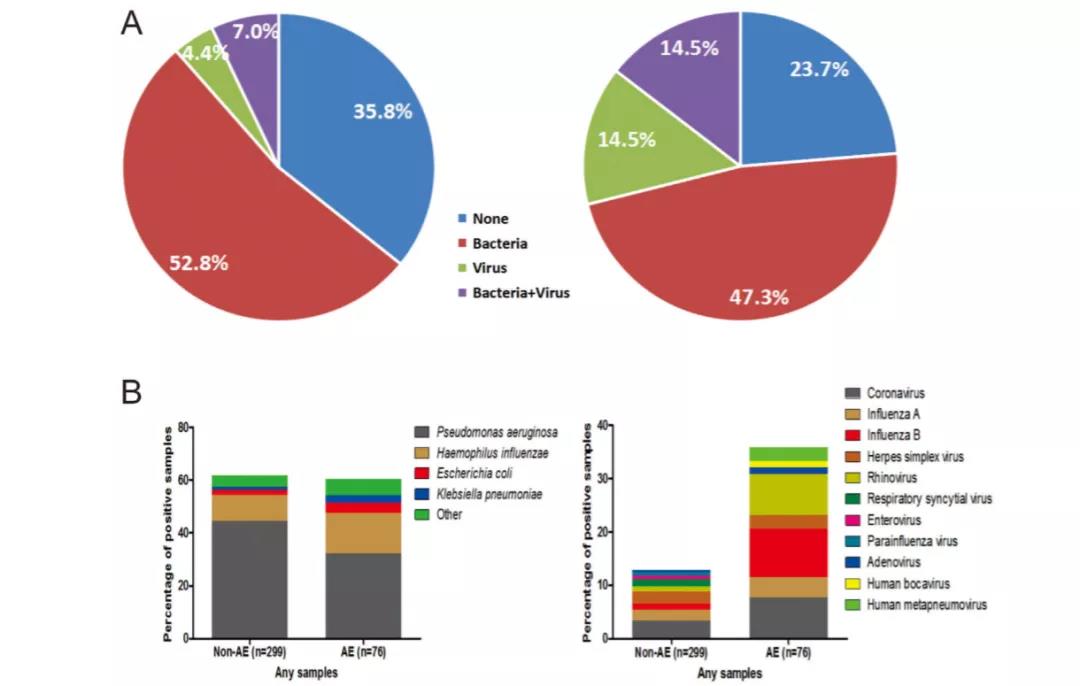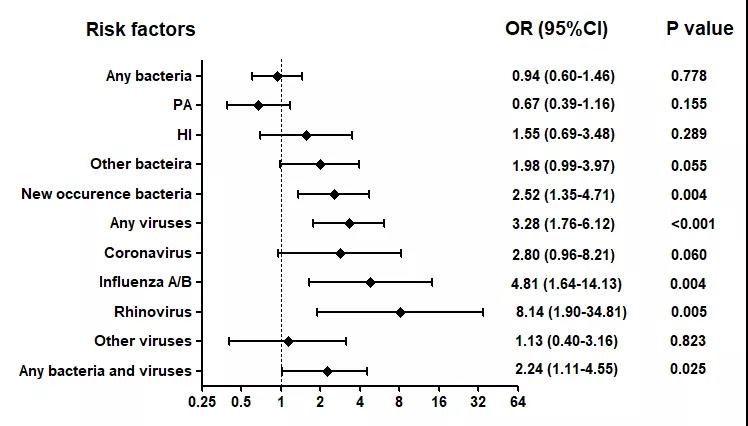New discovery of Academician Zhong Nanshan’s team: The Roles of Bacteria and Viruses in Bronchiectasis Exacerbation
2020-04-281655Recently, led by Academician Zhong Nanshan and Associate Researcher Guan Weijie, the paper of the bronchiectasis research team titled “The Roles of Bacteria and Viruses in Bronchiectasis Exacerbation: A Prospective Study" was published online in the official journal of the Spanish Respiratory Society - Archivos de Bronconeumologia (IF: 4.214).
Bronchiectasis is a chronic airway disease with cough, sputum, and hemoptysis as the main clinical manifestations. The patient's symptoms worsen during exacerbation. Exacerbation may significantly accelerate the progress of bronchiectasis, but its etiology has not been fully identified. The bronchiectasis study team first discovered that respiratory viruses played an important role in the bronchiectasis exacerbation in 2015. At that time, the discovery was published in Chest, an authoritative magazine in the respiratory field, and was recommended by F1000 Prime. The research findings were written into the Prevention Guide for Bronchiectasis by the British Association of Chest Physicians.
The bronchiectasis research team found in clinical practices that the relative abundance of bacteria in the sputum of patients with bronchiectasis is the highest, but the relationship between the transformation of bacterial species and the bronchiectasis exacerbation has been controversial; the interaction between bacteria and viruses has not been identified. To this end, the bronchiectasis study team organized a prospective cohort study and followed up 108 patients with bronchiectasis to collect multiple sputum samples from each patient at different stages for bacterial and viral detection. In addition, it conducted a correlation analysis on etiological results and exacerbation events, clinical symptoms, inflammatory factors and other indicators.

Figure 1. Bacteria and virus spectrum in the stable and exacerbation stages of bronchiectasis

Figure 2. Correlation between bacteria, viruses and exacerbation
Main clinical significance of this study:
1. Before getting the etiological detection results, the clinician can predict the potential pathogens of bronchiectasis exacerbation (differentiation of bacterial or viral infections) according to the specific clinical morbidity of the patient, which will provide reference for targeted treatment.
2. Emerging bacterial infections, rather than colonizing bacterial infections, are associated with bronchiectasis exacerbation; emerging bacterial infections can significantly increase airway inflammation and require active treatment to better relieve the symptoms of exacerbation.
















